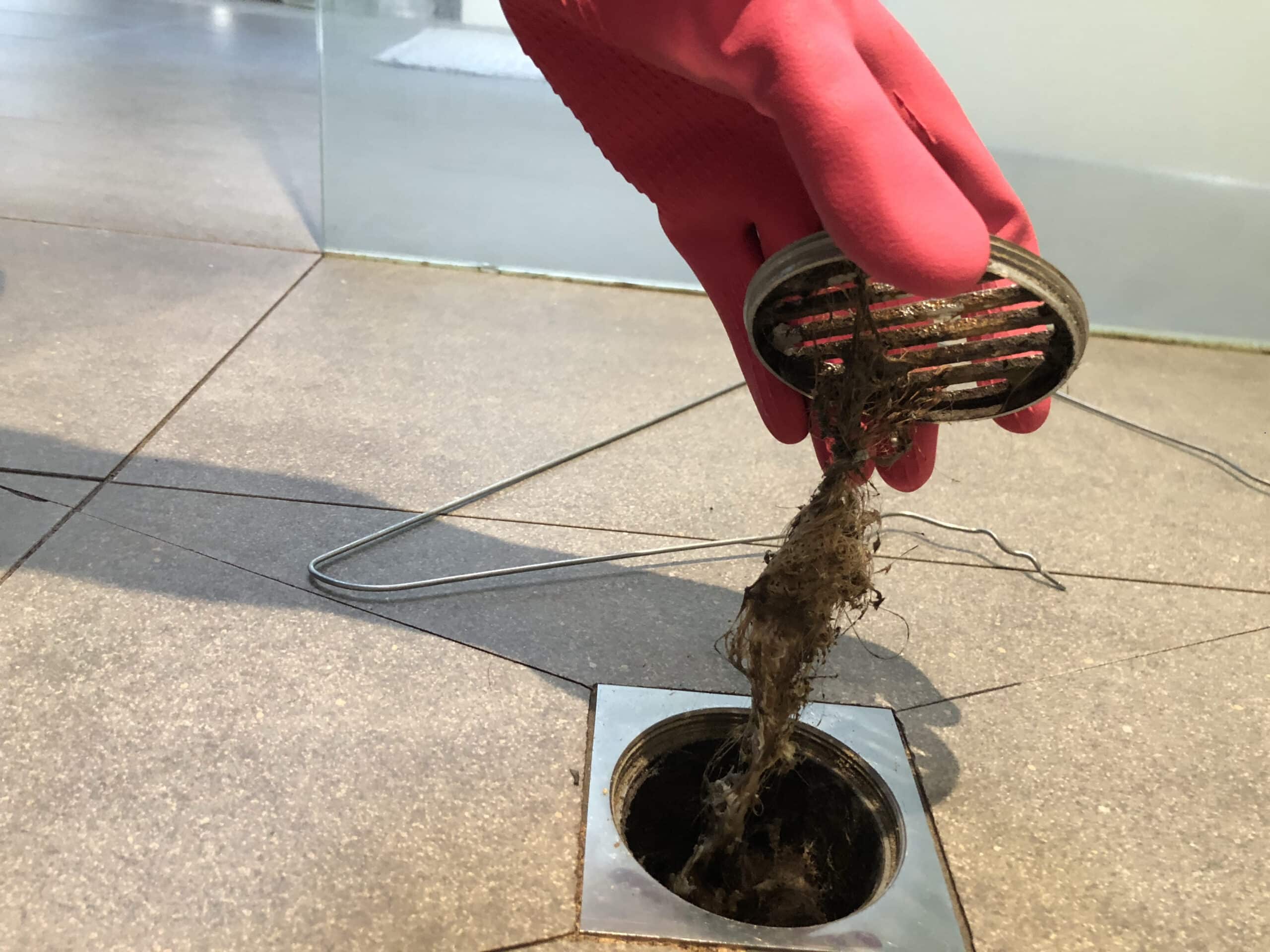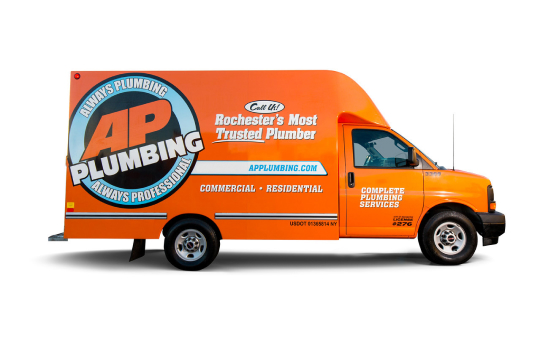Have you turned on your kitchen faucet only to find a slow drip of water? This problem can appear seemingly out of nowhere, throwing your early morning routine or late-night meal prep session off course.
When you have low kitchen faucet water pressure, it can be challenging to thoroughly clean your dishes — which is something that can easily lead to frustration. Additionally, this issue can end up restricting water flow to your appliances, making it difficult for them to function correctly.
If you’re wondering why your kitchen sink water pressure is low, you might be distressed to know that the issue can stem from several plumbing problems. Fortunately, we’re here to walk you through the potential causes so that you can quickly address and fix the issue at hand.
Here is everything you need to know about what causes low water pressure in kitchen sinks — and how you should go about fixing it.
You May Have a Clogged Aerator
If you want to know why your kitchen sink water pressure is low, start with your faucet’s aerator. Simply put, the aerator is the screen that’s found on the tip of the spout; it essentially helps control the water flow rate.
Unfortunately, this aerator can become clogged with the mineral deposits that are often found in hard water. As a result, clogged aerators can reduce water flow — which could be why you’re experiencing a water pressure problem.
The great news is that you can clean the aerator in a few simple steps. First, you’ll need to unscrew this small device, twisting it until it loosens. Some aerators might need to be unlocked with a key before they can be twisted off by hand. After successfully removing the aerator, you can clean the screen with a toothbrush.

Did cleaning the aerator fix the problem? If not, you can continue learning about what causes low water pressure in kitchen sinks below. There are several more causes worth discussing.
The Cartridge Could Be Clogged
The next culprit that could be affecting the water pressure in your kitchen is a clogged or damaged cartridge. Many people have cartridge faucets in their homes. When it comes down to it, this specific device controls the flow of water from your faucet. Much like the aerator, however, it can become blocked with sediment and various types of debris. If this debris is lowering your water pressure, you’ll want to flush it out.
First, you will need to turn off the water to this particular faucet by switching off the water valves beneath the sink. Once you’ve done this, remove the cap on top of the faucet handle. Afterward, remove the screw cap with an Allen wrench and detach the retaining nut. After these parts have been disconnected, you can pull out the cartridge to clean it.
It’s best to let the clogged cartridge sit in a bowl of warm water and vinegar for a few hours — or better yet, let it soak through the night. Since this can be what causes low water pressure in kitchen sinks, it’s important to take your time and perform a thorough cleaning.
You Have a Faulty Pressure Reducing Valve
If you’re still unsure why your kitchen sink water pressure is low, it’s time to inspect your pressure-reducing valve (PRV).
The pressure-reducing valve is responsible for lowering the pressure of your water as it enters your home via the main water line. Without this valve, you’d be facing an unsafe gush of water. Although low water pressure is a menace, high water pressure is just as disruptive — in fact, it can even lower the lifespan of your appliances. While this device is incredibly helpful, it can experience problems and negatively affect your water pressure.
You will want to seek a professional plumber for a repair or replacement. It’s important to find an experienced plumber in Baldwinsville, NY, who understands what causes low water pressure in kitchen sinks and can accurately fix the problem.
There’s an Issue With Your Water Heater
Are you experiencing low water pressure only with hot water? If this is the case, it’s time to check your water heater for two potential issues. It’s possible that your water heater is experiencing sediment buildup or a problem with the outlet valve.
It’s critical to flush your water heater on a routine basis, which is about once or twice a year. If you don’t, sediment can collect within the tank and negatively affect your water pressure. You’ll want to contact a professional to flush your water heater immediately.
Additionally, you’ll want to check that the hot water valve is open all the way. If the valve is partially closed, this will reduce your hot water pressure. You can ensure the valve is open as much as possible by turning it counterclockwise.
Fix Your Water Pressure With AP Plumbing
Now that you understand what causes low water pressure in kitchen sinks, you can devise a plan to address the problem quickly and accurately.
Water pressure problems are inconvenient and bothersome — but you don’t have to worry about fixing the problem all on your own. AP Plumbing is here to help you fix low water pressure in the kitchen sink. You can trust us for a wide range of plumbing services, from repairs to drain cleanings in Syracuse, NY, and the surrounding areas.
If it’s time to call a local plumber, don’t hesitate to contact our team. Get in touch with us to schedule an appointment today!






